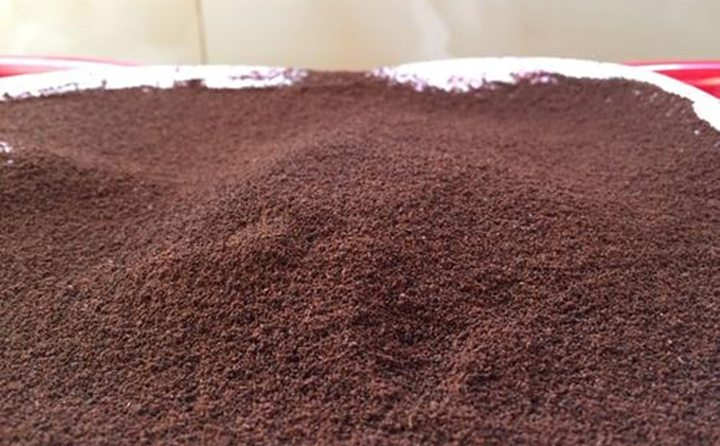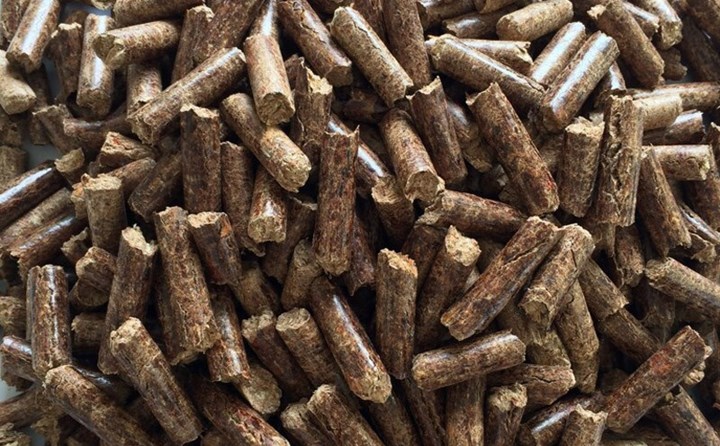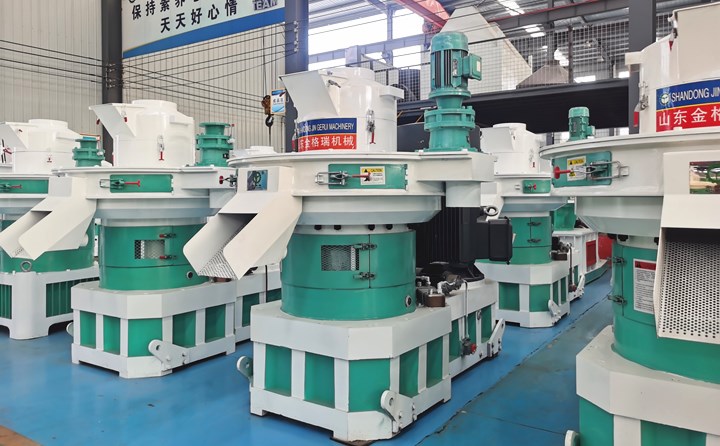Coffee residues can also be used to make biofuels with a biomass pelletizer! Call it coffee grounds biomass fuel!
More than 2 billion cups of coffee are consumed globally every day, and most of the coffee grounds are thrown away, with 6 million tons sent to landfill every year. Decomposing coffee grounds releases methane into the atmosphere, a greenhouse gas with a global warming potential 86 times higher than carbon dioxide.
Coffee grounds can be processed in a biomass pelletizer for use as a biomass fuel and contribute to the circular economy:
An easy way to recycle coffee grounds is to use it as fertilizer.
Many cafes and coffee chains offer their customers free venues to take and use in the garden. But be warned: Research shows that coffee grounds must be composted for at least 98 days before they are put into plants. Because coffee contains high concentrations of caffeine, chlorogenic acid, and tannins that are toxic to plants.
After the coffee grounds are composted, these toxins subside and plants can benefit from the potassium and nitrogen contained in roasted beans.
After the residue is recovered, it can also be pressed into biomass pellet fuel by our biomass pelletizer. Biomass pellet fuel has many uses and advantages as follows: Biomass pellet fuel is a clean and low-carbon renewable energy, used as boiler fuel , it has a long burning time, a high temperature of the intensified combustion furnace, and is economical and non-polluting to the environment. It is a high-quality environmentally friendly fuel to replace conventional fossil energy.
It is based on agricultural and forestry residues as the main raw material. After slicing (coarse crushing) – pulverizing (fine powder) – drying – granulation – cooling – packaging and other processes, it is finally made into a molded environmentally friendly fuel with high calorific value and combustion. full.
Coffee ground biomass fuel can be used for high-temperature hot water required for the processing of industrial products such as textiles, printing and dyeing, papermaking, food, rubber, plastics, chemicals, and medicine, and can also be used for enterprises, institutions, hotels, schools, catering, and service industries. for heating, bathing, air conditioning and domestic hot water.
Compared with other production methods, the biomass solidification molding method has the characteristics of simple production process and equipment, easy operation and easy realization of industrial production and large-scale use.
If the crop straw is solidified and formed to be effectively developed and utilized to replace raw coal, it is of great significance to effectively alleviate energy shortage, control organic waste pollution, protect the ecological environment, and promote the harmonious development of man and nature.
The complete set of biomass granulator can also process peanut shells, bagasse, palm shells, bean shells, coconut shells, castor shells, tobacco residues, mustard stalks, bamboo, jute residues, tea residues, straws, sawdust, rice husks, Sunflower husks, cotton stalks, wheat stalks, palm silk, medicinal residues and other crops and forest wastes containing wood fibers are physically extruded into combustible particles.
Post time: May-03-2022












